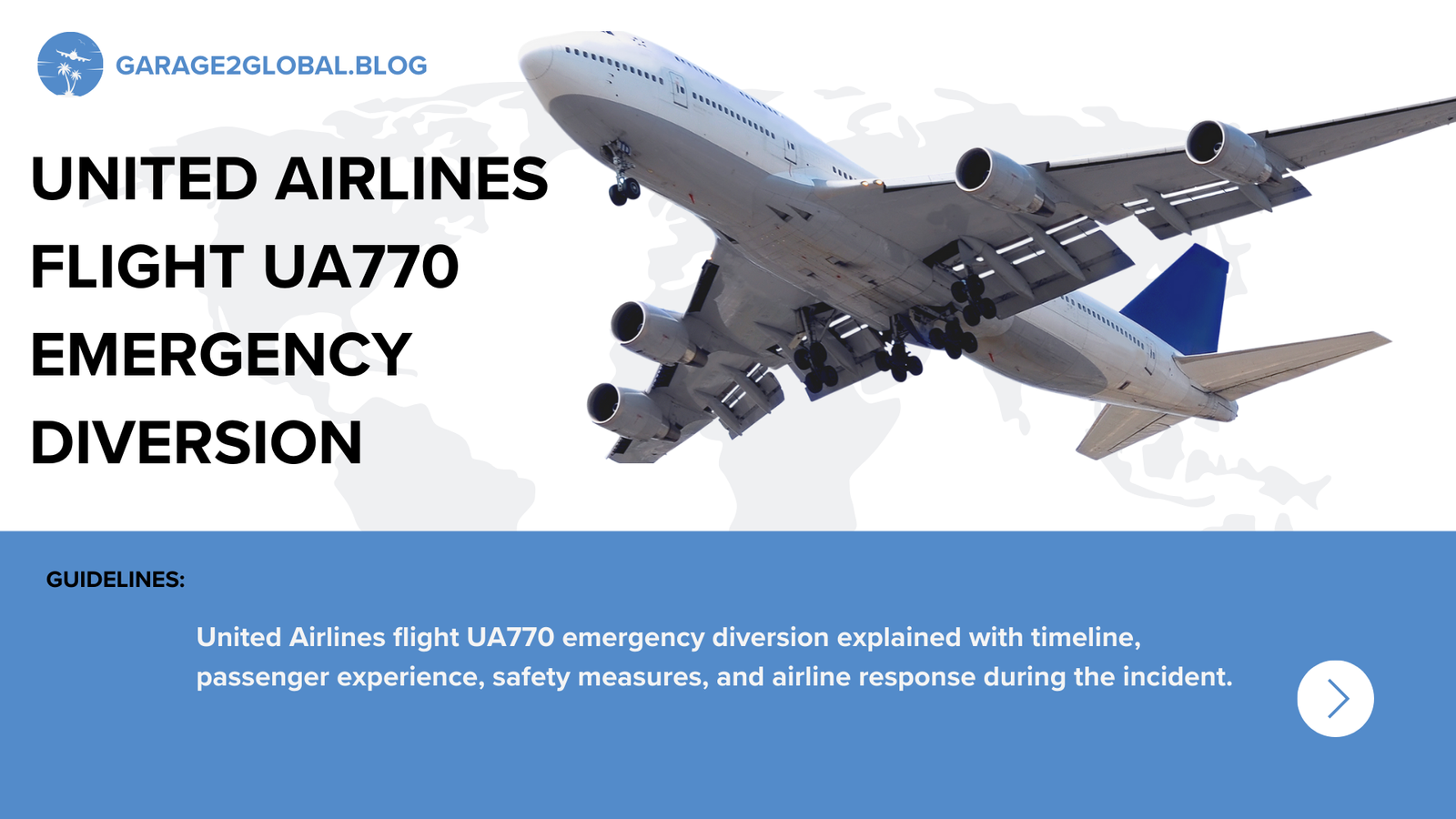The Targon API is a developer-friendly tool designed to help integrate data services, automation, or AI features without building these systems from scratch. It supports web apps, mobile platforms, and enterprise tools by offering ready-made solutions. The free tier allows developers to explore its capabilities without cost, making it ideal for testing and experimentation. While the plan is accessible, it comes with specific limits and quotas that ensure fair use and balanced resource distribution among users.
Understanding the Free Tier Concept
A free API tier is a plan where developers can use the service without financial commitment, but with usage restrictions. These limitations prevent overuse, protect system performance, and encourage upgrades to paid plans when projects scale. Restrictions usually include rate limits, daily or monthly quotas, and access to a limited set of features. Targon’s free tier is designed to provide enough capacity for learning, experimentation, and small projects, but it’s not meant for large-scale commercial applications.
Common Types of API Restrictions
Most free tiers, including Targon’s, apply restrictions in multiple ways. Rate limits control how many requests you can make per minute, preventing overload. Quota limits cap your total requests over a day or month. Certain premium endpoints may also be locked behind paid plans, restricting advanced features. Additionally, free-tier users may have lower request priority during high-traffic periods, meaning slower responses. These restrictions encourage efficient coding practices while keeping the API infrastructure stable for all users.
Why Targon Offers a Free API Tier
The free tier serves several purposes for Targon beyond just user acquisition. It encourages adoption by making it easy for developers to try the API without risk. It reduces entry barriers for individuals and startups, encouraging innovation. Additionally, it helps the provider gather valuable feedback from a broad user base, which can be used to improve stability, performance, and functionality. Overall, it’s a strategic offering that benefits both the company and the developer community.
How Targon Free Tier Limits Work
Targon’s free tier typically combines rate and quota restrictions. Rate limits define how many requests you can send within a set time frame, such as per second or minute. Quotas measure total requests over longer periods, like daily or monthly. When you hit a limit, additional requests are blocked until the reset time. Some features or higher-performance endpoints are reserved for paid tiers, ensuring resource-heavy services remain available to subscribers who need guaranteed capacity.
Benefits of Using the Free Tier
The Targon free tier offers many benefits for developers, especially those in the early stages of project development. It provides a no-cost environment for experimentation, allowing ideas to be tested without budget constraints. It’s perfect for learning API integration skills, giving developers hands-on experience. Small-scale apps or proof-of-concept projects can operate within free-tier limits, avoiding immediate costs. This flexibility makes it a great choice for those exploring new possibilities before committing to long-term plans.
Challenges Developers Face
Despite its advantages, the free tier poses challenges that must be managed effectively. Rate limits can disrupt functionality if an application sends too many requests in a short period. In high-traffic situations, quota limits can be used up faster than anticipated. Additionally, free users might experience slower responses during peak hours due to lower request prioritization. Developers must plan API calls carefully, optimize data handling, and monitor usage patterns to avoid service interruptions and unexpected application downtime.
Best Practices for Managing Usage
To maximize free-tier benefits, developers should adopt best practices. They should cache responses to store frequently accessed data locally, reducing repeated API calls. Batching requests, where multiple actions are combined into a single call, minimizes usage. Using webhooks, if available, can replace constant polling, saving requests for essential actions. Tracking usage and setting alerts helps ensure you remain within your limits. These practices help maintain smooth performance without exceeding Targon’s free-tier restrictions, allowing efficient and sustainable development.
Monitoring and Tracking API Usage
Monitoring API usage is crucial to avoid unexpected service disruptions. Developers should implement logging systems to record each request, noting time, endpoint, and response. Automated alerts can notify when usage nears the limit, giving time to adjust request patterns. Regular analysis of these logs helps identify inefficiencies, such as redundant calls, which can be optimized. Staying aware of usage trends allows developers to make informed decisions about whether to stay on the free tier or upgrade.
When to Upgrade from Free to Paid
While the free tier works well for small projects, certain situations require an upgrade. If you consistently hit rate or quota limits, it’s a sign you need more capacity. Applications requiring premium endpoints or faster, priority responses will benefit from paid plans. High-traffic launches also demand higher quotas for stability. Upgrading ensures smoother user experiences, avoids downtime, and unlocks additional features. Choosing the right time to upgrade can help balance cost-efficiency with application performance needs.
Security Considerations for API Use
Security remains crucial even on the free tier. API keys should never be exposed in public repositories to prevent misuse. Developers should store keys in secure environment variables, ensuring they remain hidden from unauthorized access. Access permissions should follow the principle of least privilege, giving applications only the permissions they need. Regular monitoring of API activity helps detect suspicious patterns early. By following these security measures, developers protect both their projects and user data effectively.
The Future of Free API Access
Free API tiers are evolving as providers balance growth with infrastructure costs. In the future, we may see more generous limits for verified developers, time-limited trials of premium features, and flexible credit-based models replacing strict quotas. Targon could adopt hybrid approaches, offering temporary performance boosts or bonus quotas during specific periods. These changes would keep free tiers attractive for newcomers while maintaining fair resource distribution. The goal is to support innovation without compromising service stability.
Conclusion
The Targon API free tier is an excellent starting point for developers seeking to explore, test, and deploy small-scale applications without immediate investment. By understanding rate limits, quotas, and feature restrictions, developers can plan their usage efficiently, ensuring smooth operation within the set boundaries. Implementing caching, batching, and monitoring practices maximizes the plan’s value. When projects scale beyond free-tier capacity, upgrading becomes a strategic choice for stability and performance. Targon’s offering ultimately supports innovation while encouraging sustainable growth.
FAQs
What is the Targon API free tier?
The Targon API free tier is a no-cost plan that allows developers to use the API’s core features within certain usage limits. It’s designed for testing, learning, and small-scale projects before committing to a paid subscription.
What are the main limits of the Targon API free tier?
The free tier includes restrictions such as rate limits (requests per second or minute), daily or monthly quotas, and limited access to advanced features. These ensure fair resource use and system stability.
Can I run a production app on the free tier?
While technically possible for small, low-traffic apps, the free tier isn’t intended for large-scale production. Heavy usage risks hitting limits, causing downtime or degraded performance.
How can I avoid hitting API limits?
You can optimize calls by caching frequently used data, batching multiple requests, and using webhooks instead of constant polling. Monitoring usage regularly also helps prevent overages.
When should I upgrade from the free tier?
Consider upgrading when you frequently hit limits, need premium endpoints, require faster responses, or are preparing for a high-traffic launch. Paid plans offer more capacity and better performance.




